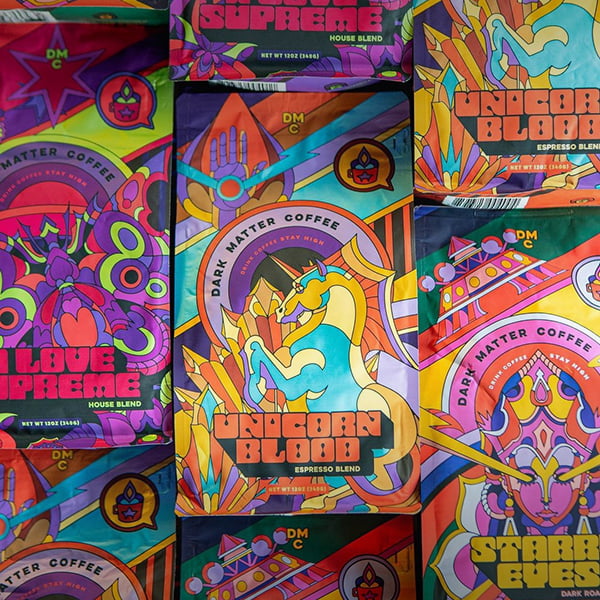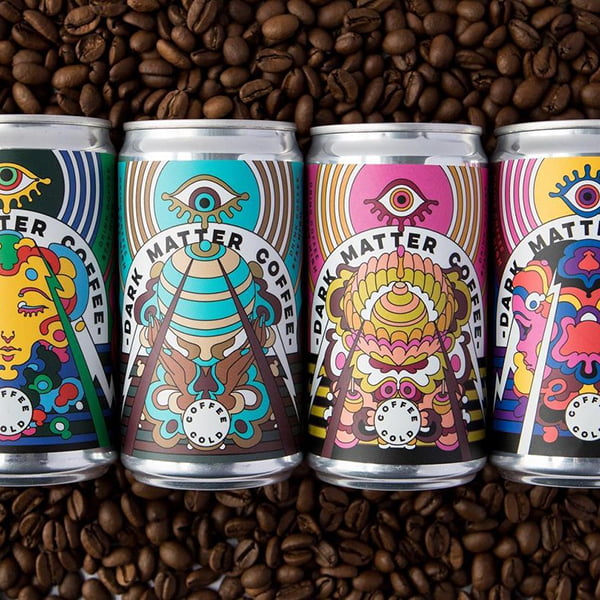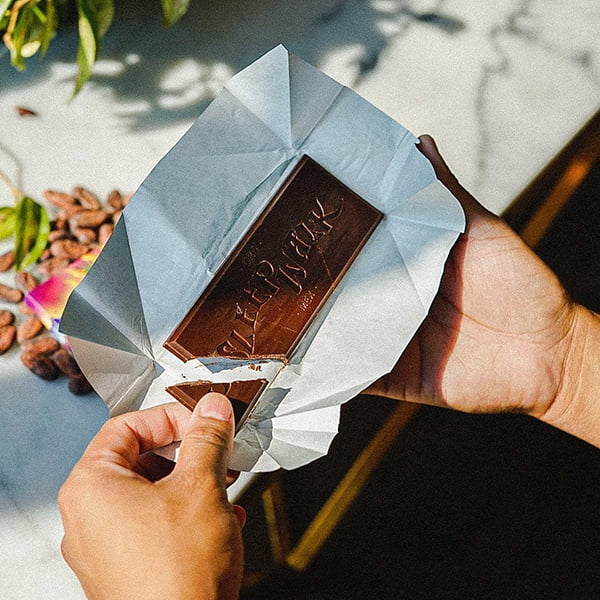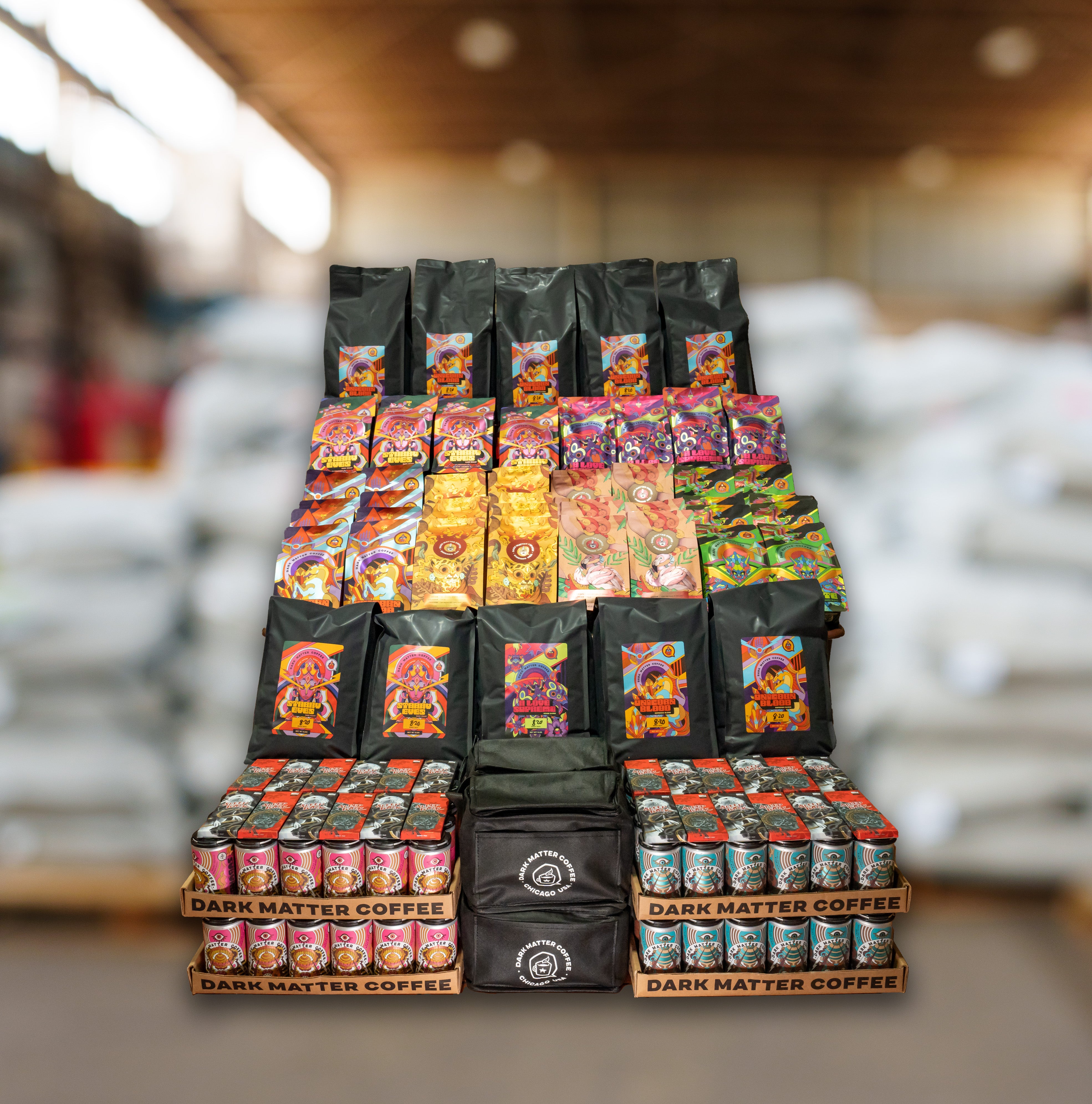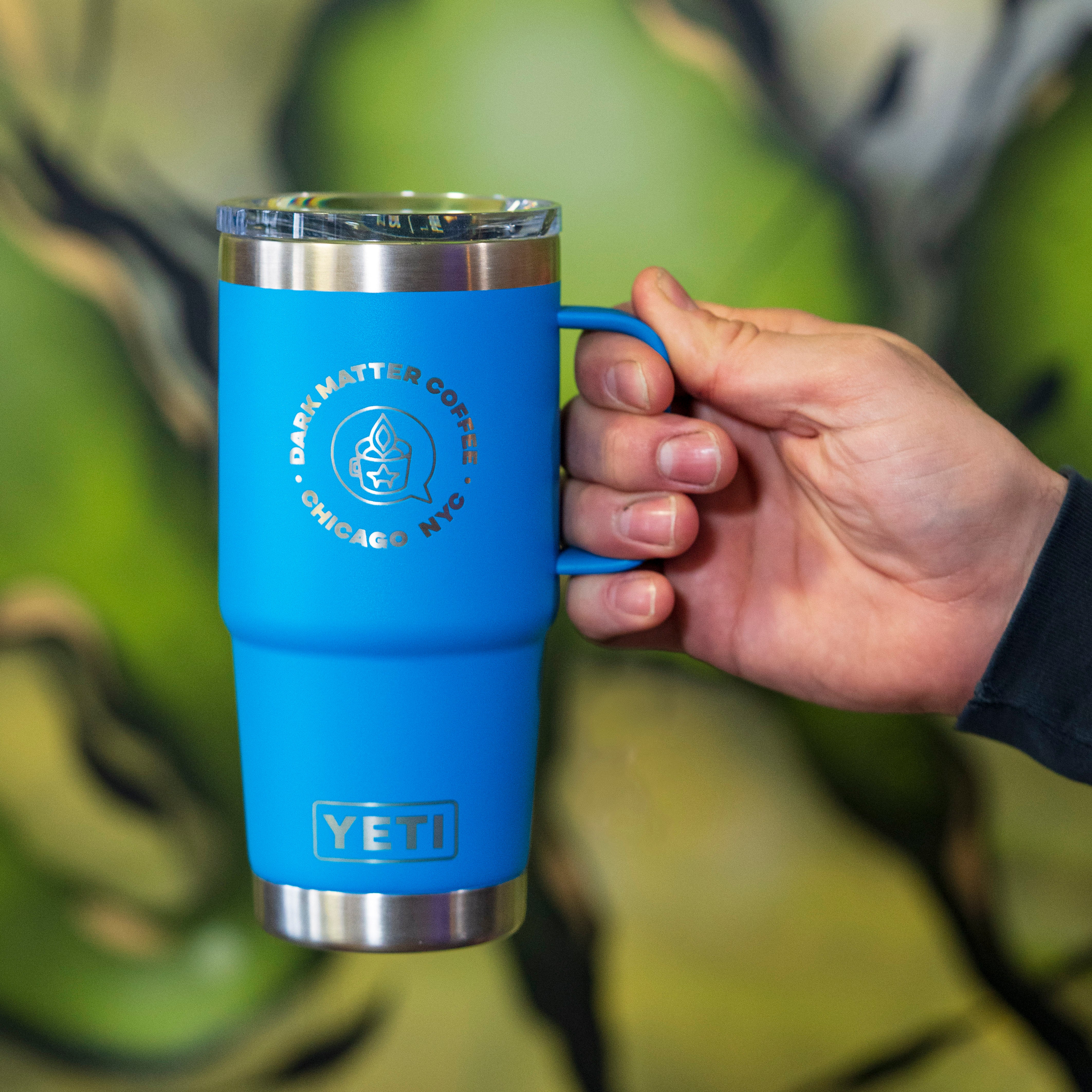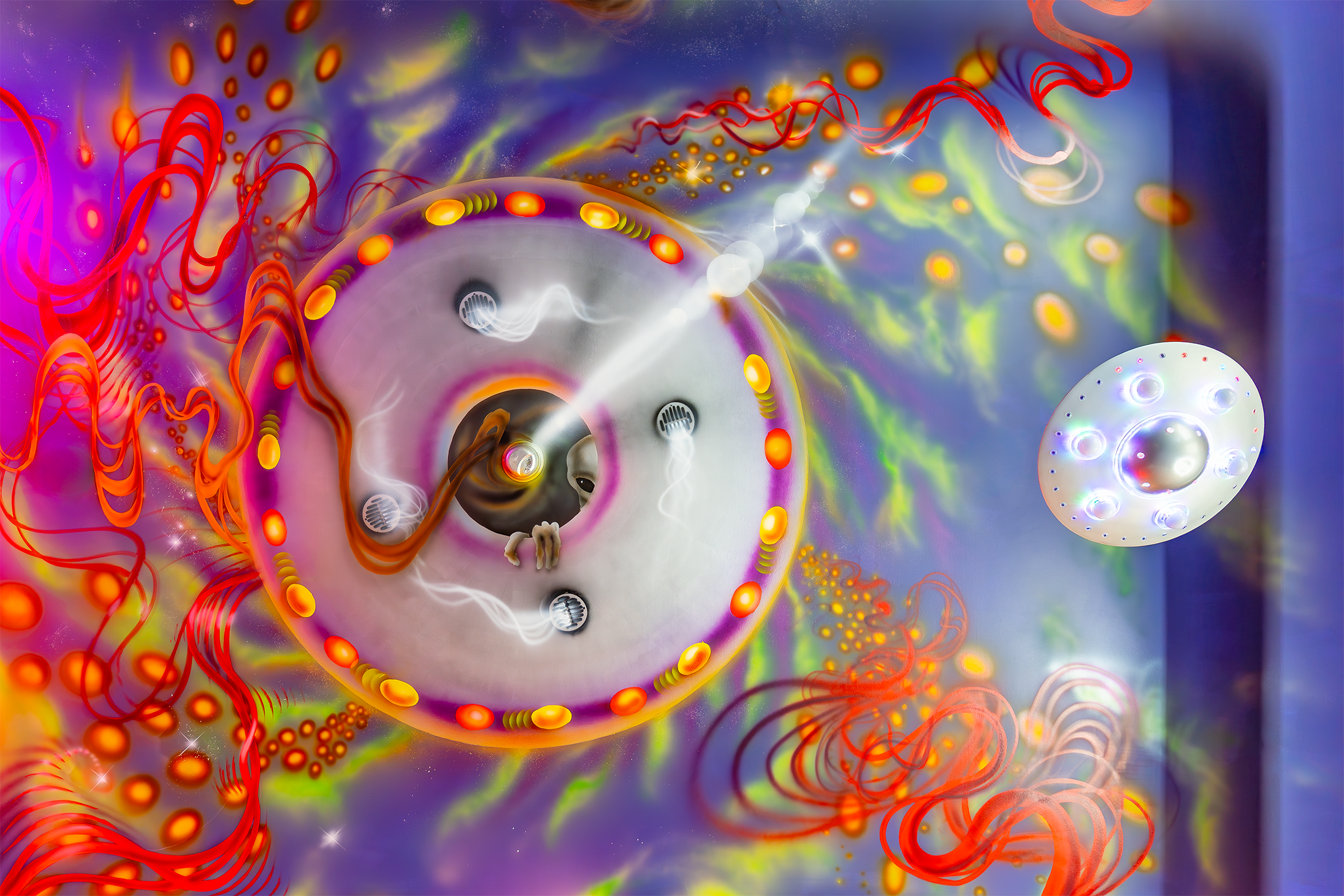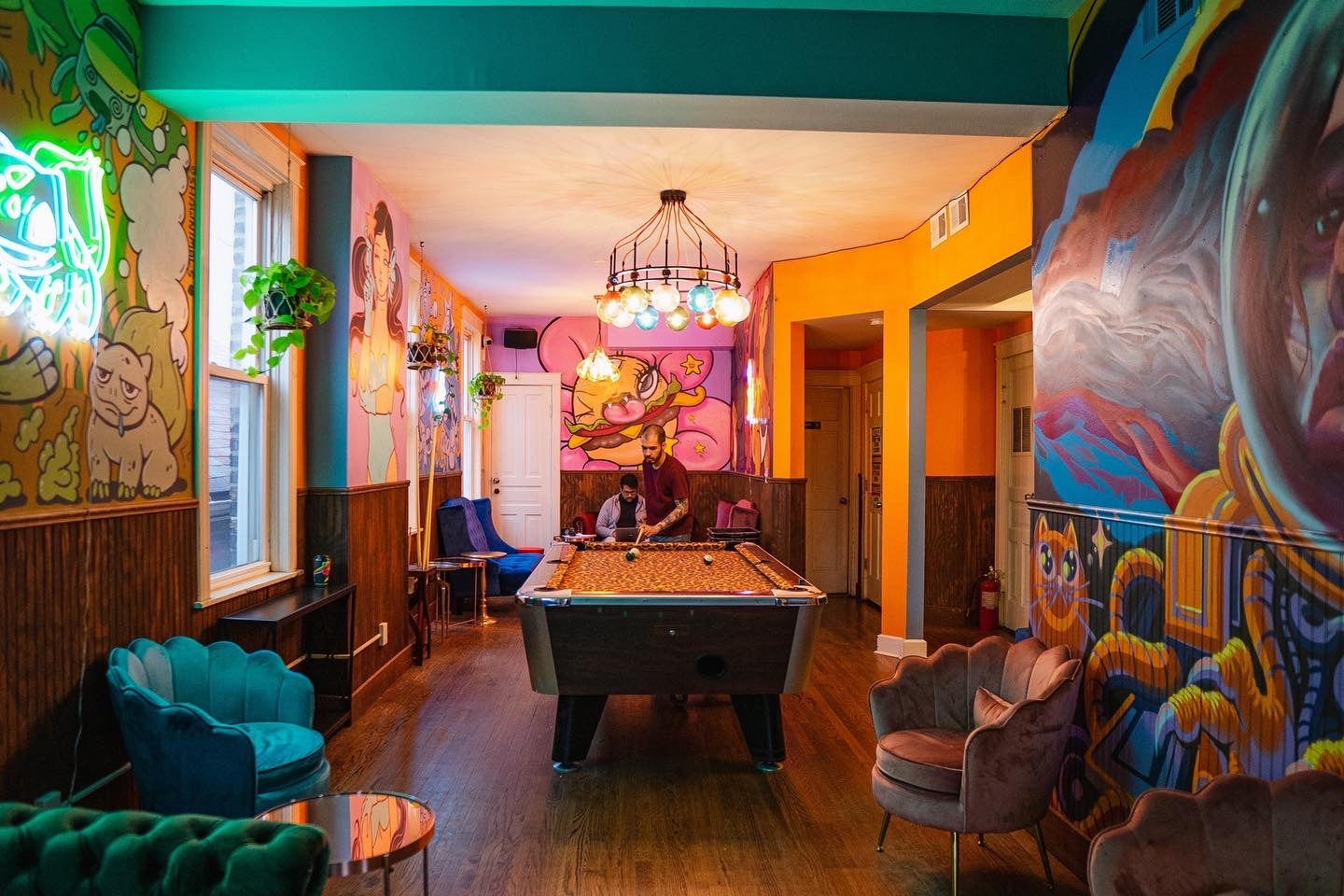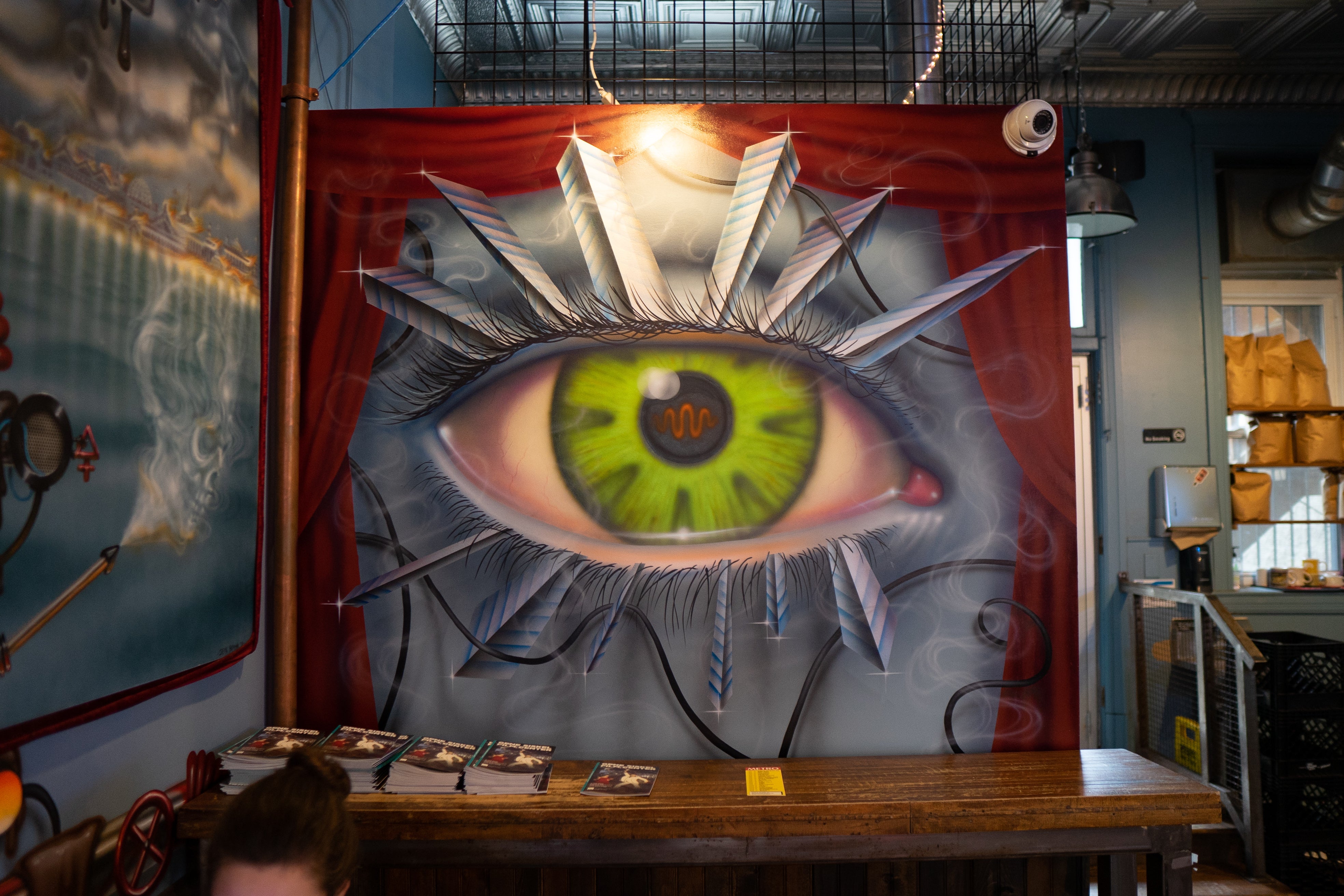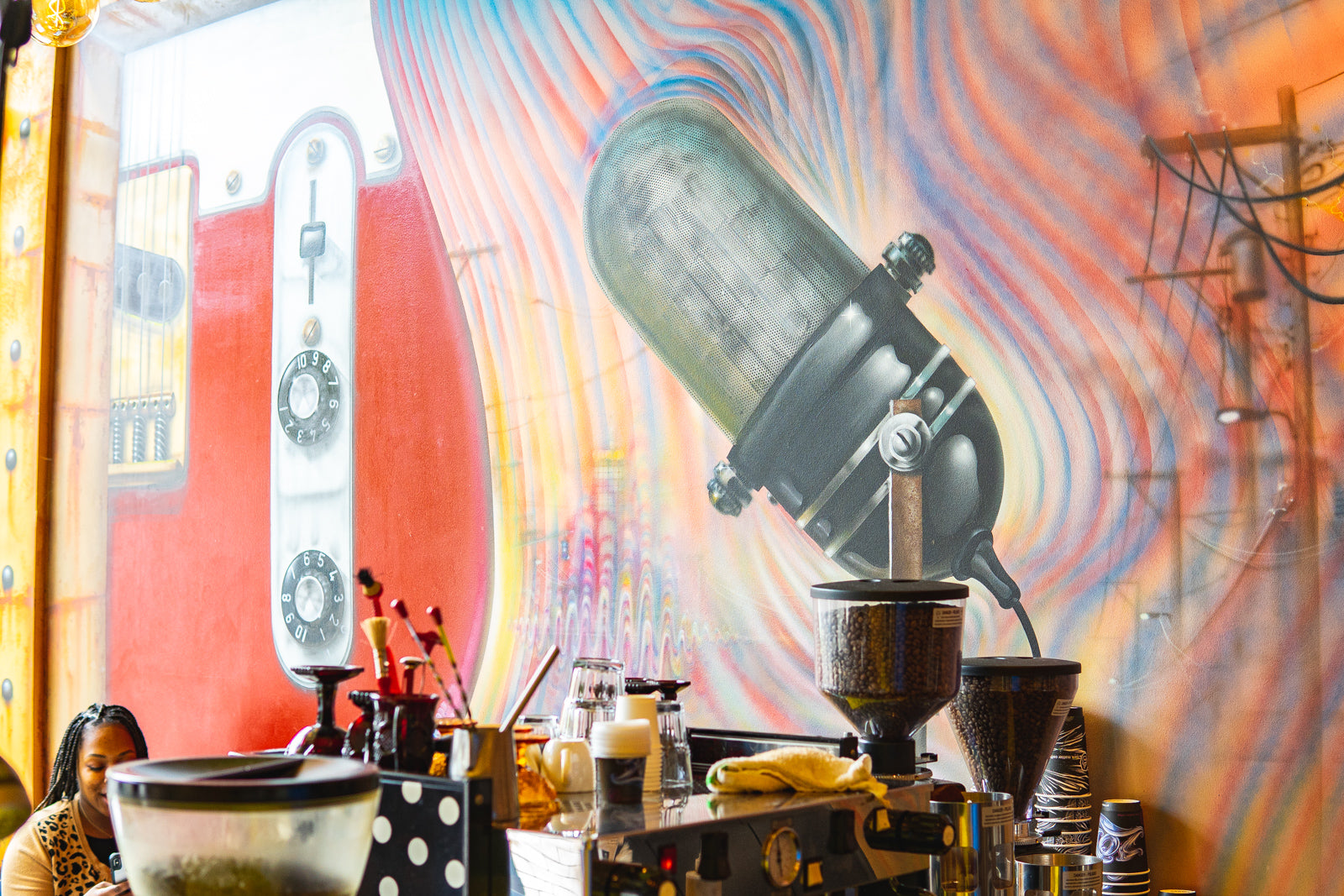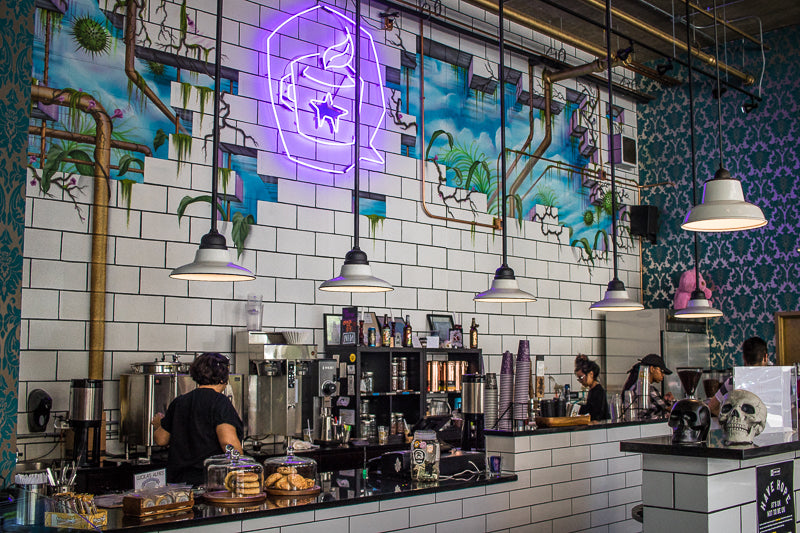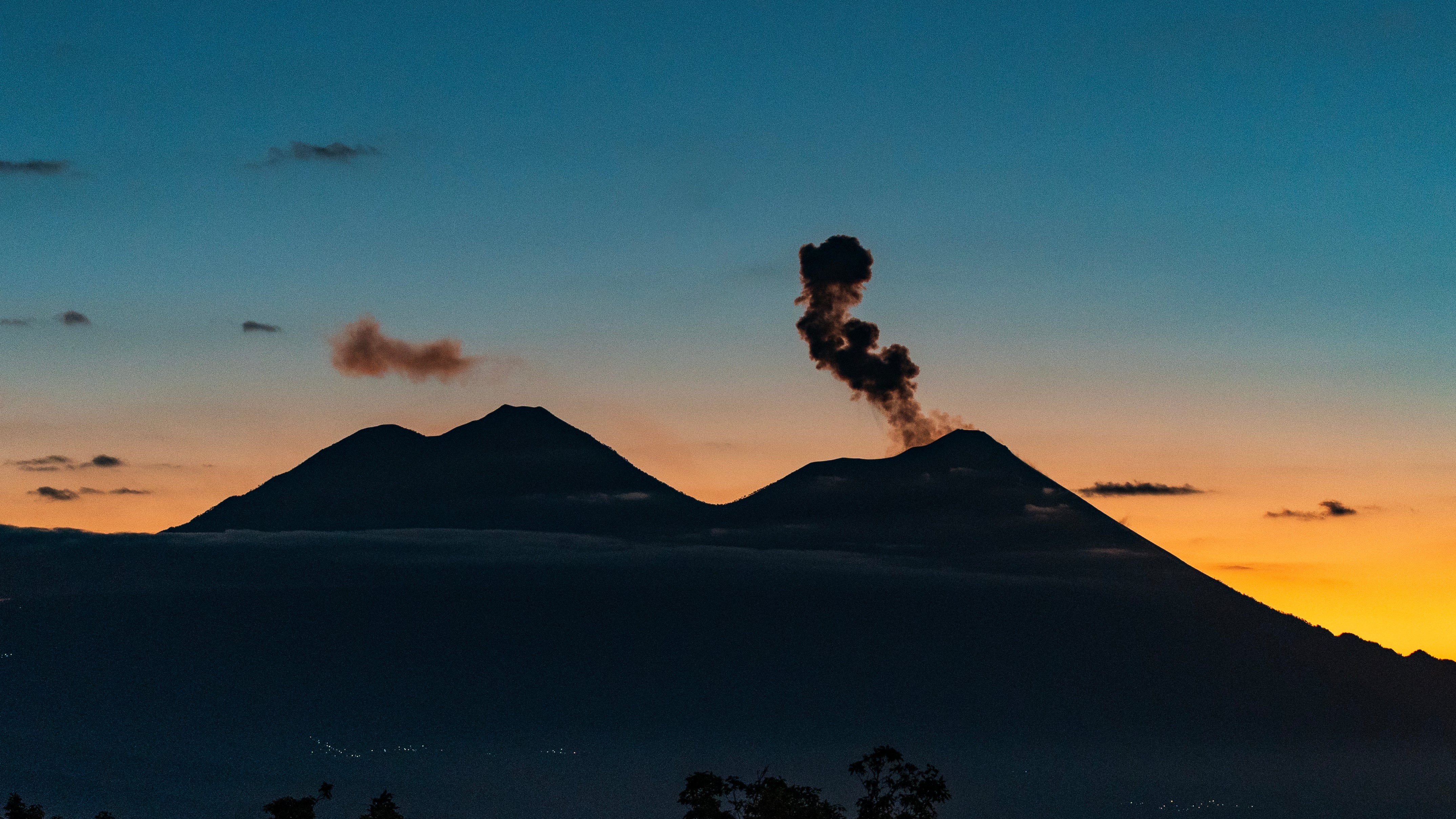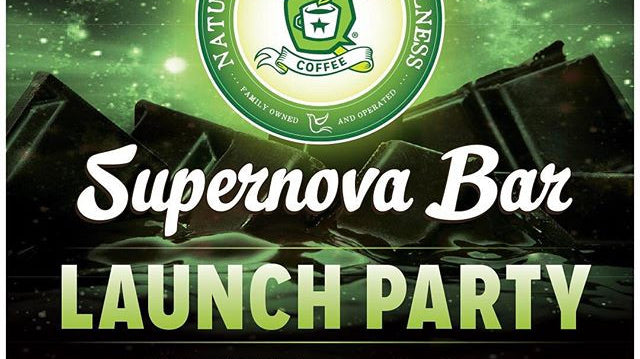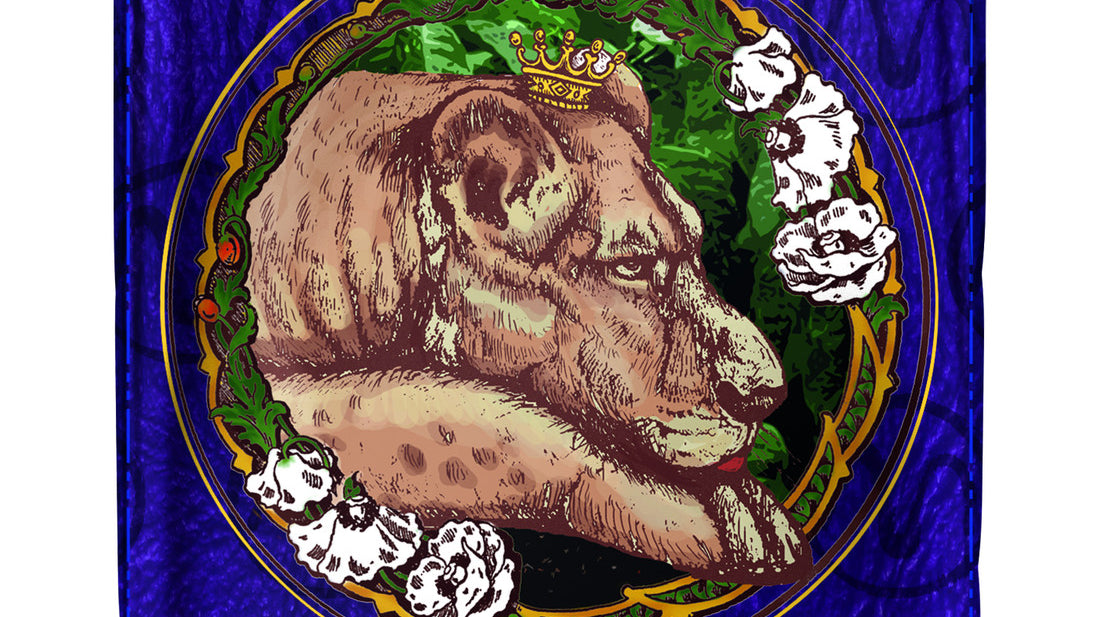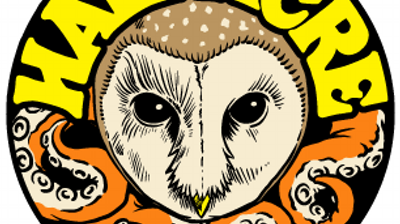News
Launch of Supernova Cannabis + Coffee + Chocolate Bars!
We are super excited to finally share this great news, our first collaboration of cannabis, coffee and chocolate! DMC & Nature's Grace and Wellness are teaming up to produce a...
Tamba (High Concept Coffee Releases)
TAMBA was a lioness that prowled the land at Finca San Jeronimo Miramar in Guatemala years ago. She is now the spirit animal of the farm, safe-guarding the pristine grounds...
Experimental Coffee - Beer Yeast Fermentation
Fermentation is an integral point in the processing of coffee. For the majority of coffees, fermentation is a tool used to break down the sugary, gelatinous plant material (pectin) surrounding...
Hop Fermented Coffee
Several years ago amidst the ice coffee mania we saw our friends Oddly Correct Coffee doing a really cool variant using a cold coffee extraction with dry hops. We always...
Experimental Coffee - Wine Yeast Fermentation
These coffees represent our continued development with fermentation, specifically, a species of yeast called Saccharomyces cerevisiae. Saccharomyces is primarily needed to produce beer, wine and bread making it one of the most important...
Coffee Sourcing - El Salvador 2017
When sourcing coffee, DMC is fortunate enough to have relationships with some of the best coffee producers in the world. Having multiple farming partners brings varying styles of coffees, from...
Big Hugs Cast
#HugsCast is a time-elapse video of DMC brewing coffee at Half Acre Beer Balmoral, Star Lounge Coffee Bar, and Osmium Coffee Bar! We brewed 20 gallons of Unicorn Blood with...

